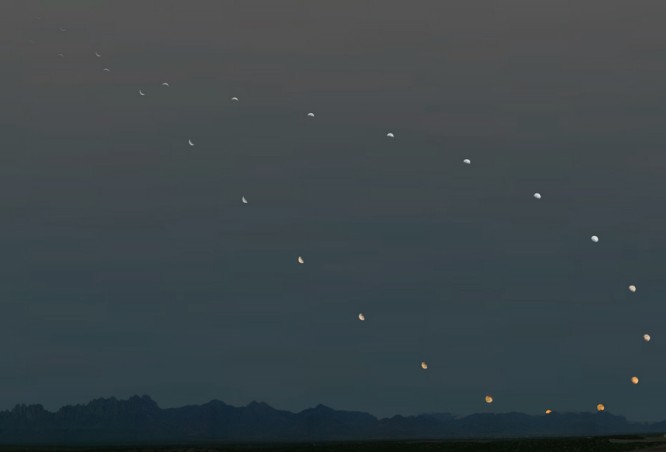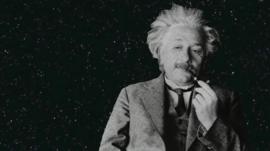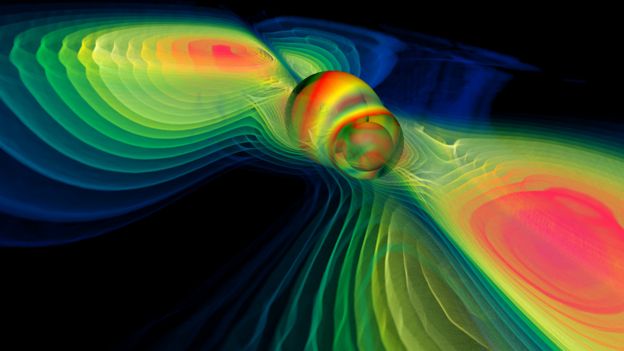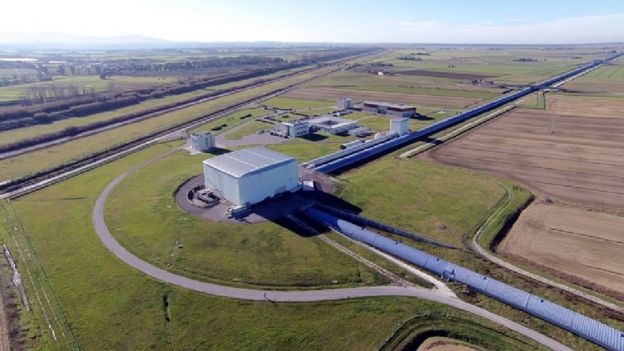UNC astrophysicist works with Stephen Hawking
Blake Hoarty | Published 5 hours ago | 17th of September, 2015
Laura Mersini-Houghton, a professor of physics and astronomy, collaborated with Stephen Hawking at a recent conference in
Sweden. Mersini-Houghton has been working in the Department of Physics and Astronomy at UNC since 2004. Her research
is focused around the origins of the universe, dark energy and the quantum physics of the black holes. Mersini-Houghton’s
work has become so well renowned, she has worked with physics extraordinaires like Hawking. “I have known him for
many years,” she said. “He’s an amazing person. Despite his difficulty with his condition, he is the hardest working person
I have ever come across and he still has this child-like curiosity and desire to understand some of the most difficult problems.”
Mersini-Houghton organized a physics conference in Sweden in August, attended by Hawking, Chancellor Carol Folt and
a constellation of other prominent scientists. “We gathered hoping to make progress with a very difficult problem known
as the information loss paradox,” she said. Mersini-Houghton said Einstein’s theory of gravity predicts the creation of
black holes, but a law of quantum theory is at odds with his theory. This problem is called the information loss paradox.
“I specifically collected all the founding fathers of the field, thinking that since these people created the field 40 years ago,
they know all the subtleties around it,” Mersini-Houghton said. “And if we get together (in) one room (for) a week and
do some concentrated thinking, then we are bound to come up not with the final solution, but the direction on how
to solve this problem.”
Beverly Loftin, manager of the physics department, said she isn’t personally acquainted with Mersini-Houghton,
but is well aware of her research. “She is highly publicized. She is very involved in the research community,”
Loftin said. Christopher Clemens, chairman of the physics department, said Mersini-Houghton’s classes tend to be
the most mathematically difficult classes in the department — but the classes are also popular. “They are taken by
a large fraction of the graduate students that are here,” he said. “They are not populated like Introduction to Astronomy,
but you have to consider the size of the audience, and for the size of the audience, yes, they are popular.” Clemens said
Mersini-Houghton excels at expressing complicated topics clearly. “She communicates a very good understanding of
what the questions are and what the resolutions might be,” Clemens said. “She’s a very good presenter, and that is why
she has been on shows with Morgan Freeman and other PBS shows.” “She is a great spokeswoman for the field of cosmology.”
Thanks for reading.
Quoted from The Daily Tar Heel

Blake Hoarty | Published 5 hours ago | 17th of September, 2015
Laura Mersini-Houghton, a professor of physics and astronomy, collaborated with Stephen Hawking at a recent conference in
Sweden. Mersini-Houghton has been working in the Department of Physics and Astronomy at UNC since 2004. Her research
is focused around the origins of the universe, dark energy and the quantum physics of the black holes. Mersini-Houghton’s
work has become so well renowned, she has worked with physics extraordinaires like Hawking. “I have known him for
many years,” she said. “He’s an amazing person. Despite his difficulty with his condition, he is the hardest working person
I have ever come across and he still has this child-like curiosity and desire to understand some of the most difficult problems.”
Mersini-Houghton organized a physics conference in Sweden in August, attended by Hawking, Chancellor Carol Folt and
a constellation of other prominent scientists. “We gathered hoping to make progress with a very difficult problem known
as the information loss paradox,” she said. Mersini-Houghton said Einstein’s theory of gravity predicts the creation of
black holes, but a law of quantum theory is at odds with his theory. This problem is called the information loss paradox.
“I specifically collected all the founding fathers of the field, thinking that since these people created the field 40 years ago,
they know all the subtleties around it,” Mersini-Houghton said. “And if we get together (in) one room (for) a week and
do some concentrated thinking, then we are bound to come up not with the final solution, but the direction on how
to solve this problem.”
Beverly Loftin, manager of the physics department, said she isn’t personally acquainted with Mersini-Houghton,
but is well aware of her research. “She is highly publicized. She is very involved in the research community,”
Loftin said. Christopher Clemens, chairman of the physics department, said Mersini-Houghton’s classes tend to be
the most mathematically difficult classes in the department — but the classes are also popular. “They are taken by
a large fraction of the graduate students that are here,” he said. “They are not populated like Introduction to Astronomy,
but you have to consider the size of the audience, and for the size of the audience, yes, they are popular.” Clemens said
Mersini-Houghton excels at expressing complicated topics clearly. “She communicates a very good understanding of
what the questions are and what the resolutions might be,” Clemens said. “She’s a very good presenter, and that is why
she has been on shows with Morgan Freeman and other PBS shows.” “She is a great spokeswoman for the field of cosmology.”
Thanks for reading.
Quoted from The Daily Tar Heel












Comment